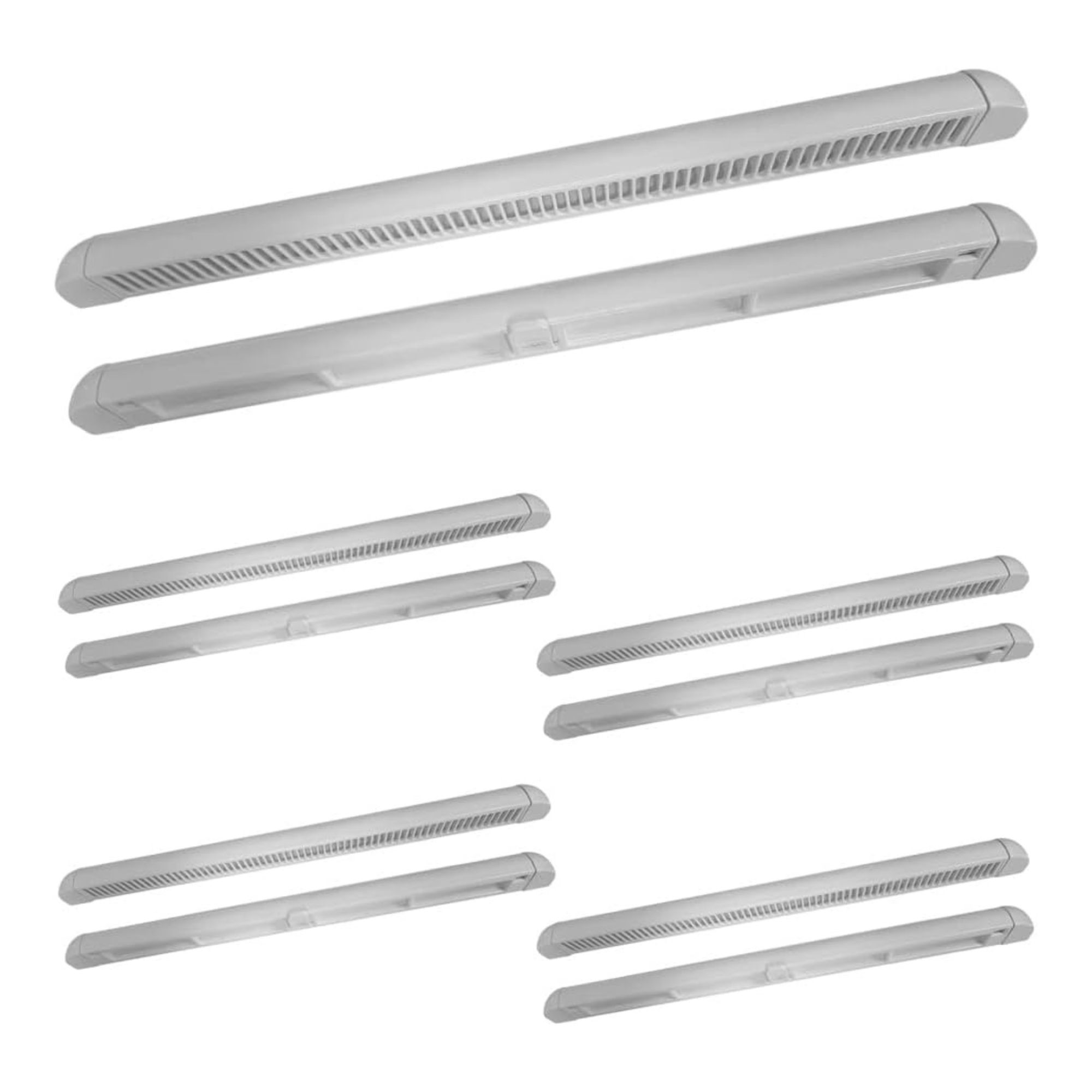This hack will prevent condensation build-up on your windows – and it won’t cost you a penny!
And what to do if your house is too old to take advantage of it
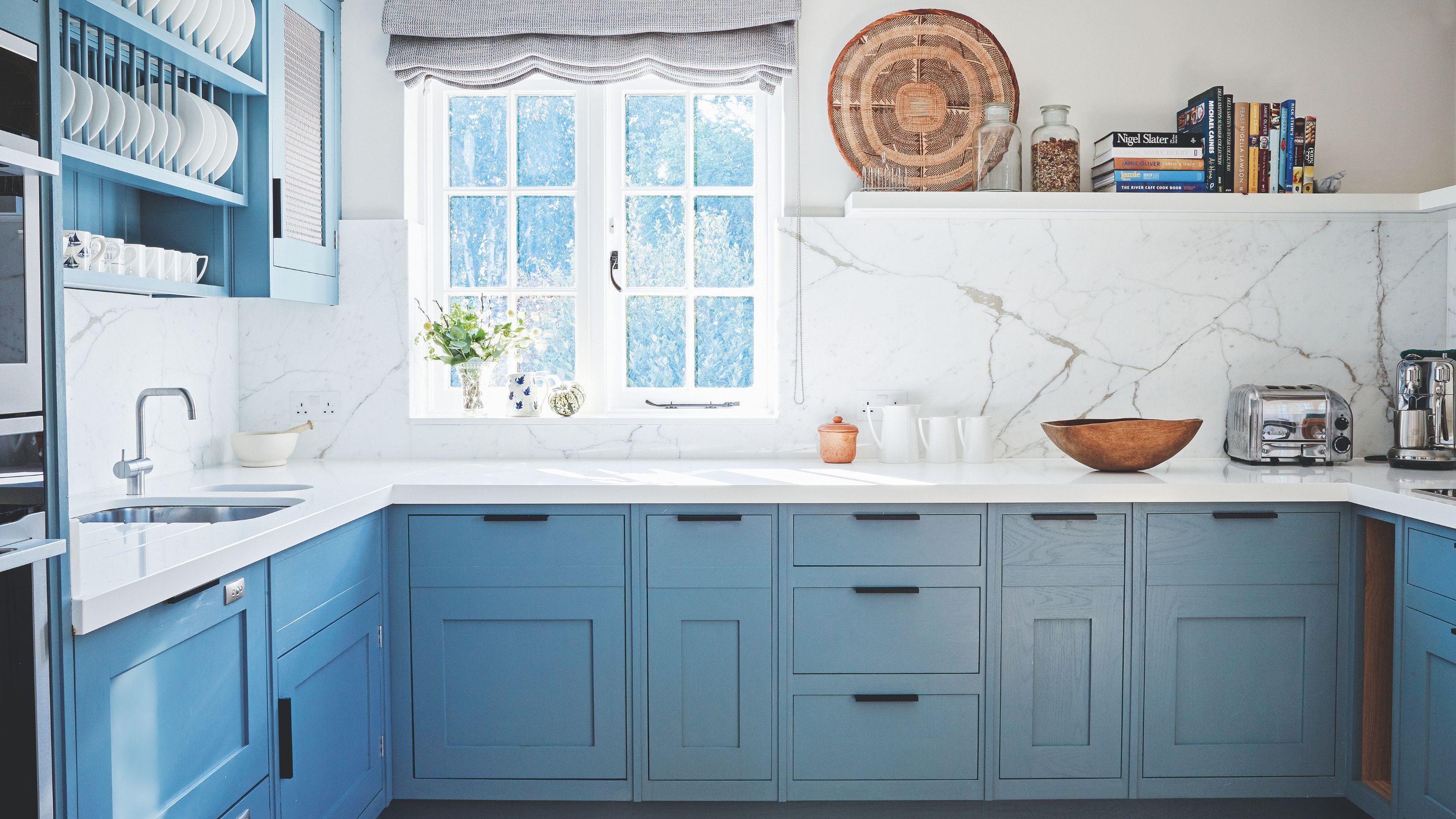

Beads of water trickling down your windows first thing in the morning is a common frustration during the colder months. Left untreated, this condensation can soon cause mould and damp around your frames. Luckily, the trickle vent condensation hack is a completely free and easy way to protect against excess moisture building up on your windows.
If you've ever wondered how to stop condensation on windows, you'll know it's not something to ignore. And while the best dehumidifiers are a great way to tackle excess moisture, most people don't realise that trickle vents can also work wonders. If you're not entirely sure what they are, they're slim openings usually found at the top of window frames. They work by letting a steady stream of air trickle inside, creating a constant airflow that keeps condensation at bay. And the best part? Using them doesn't cost a penny.
That said, not every home has trickle vents, which is likely to be the case if your windows are on the older side. However, don't worry; there are several ways to prevent condensation and keep your glass clear. I spoke to the experts to find out how to make the most of the trickle vent condensation hack and the most effective alternatives if your windows don't come with built-in vents.
The trickle vent condensation hack
Trickle vents may be small, but they play a surprisingly big role in keeping condensation at bay and getting rid of damp. In fact, they're now a legal requirement on any newly fitted windows, and making the most of the trickle vent condensation hack is one of the easiest ways to stop excess moisture becoming a bigger problem.
'They are small openings built into the top frame of a window sash which allow a constant ‘trickle’ of air without creating uncomfortable draughts,' explains Danny Williams, managing director of Pioneer Trading Company. 'And in rooms such as bathrooms and kitchens, they are essential in maintaining the balance of humidity in the air.'

Danny Williams is founder and managing director of Chelmsford based Pioneer Trading Company, a 30 year plus manufacturer of uPVC and aluminium doors and windows, and is also responsible for bringing across the Gerda range of steel and aluminium front doors.
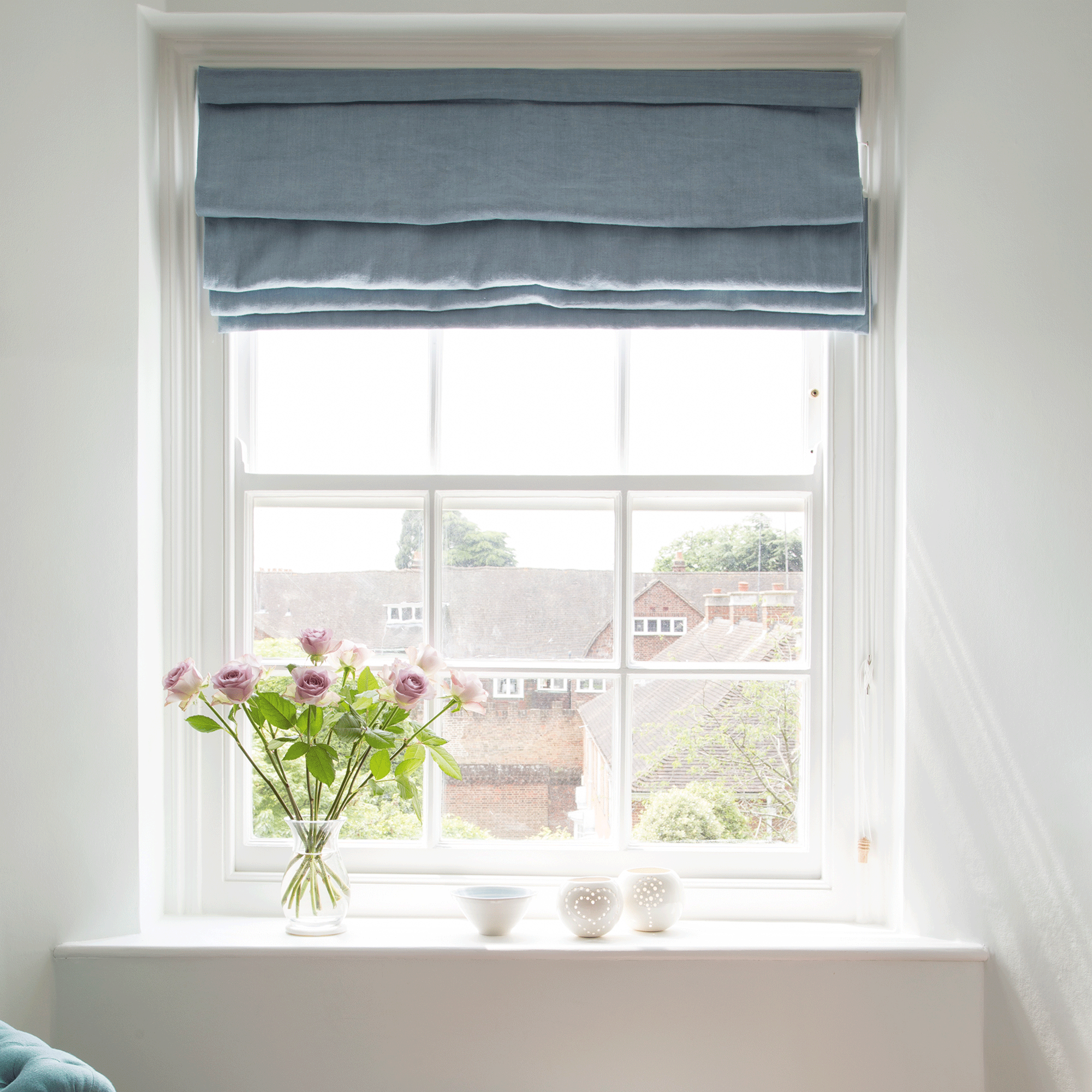
Not only that, trickle vents provide consistent ventilation in your home without causing major heat loss, helping you maintain a steady warm temperature and potentially lower heating bills.
'This is a far more energy-efficient solution than opening your windows as this can displace a lot of the warm air and result in your central heating system having to work harder to heat your home,' says Nicholas Auckland, managing director of Trade Radiators.
Sign up to our newsletter for style inspiration, real homes, project and garden advice and shopping know-how

Nicholas Auckland is a heating, cooling and energy expert with over 20 years of experience in the industry, as well as the Managing Director of Trade Radiators. Nicholas is dedicated to finding the best heating and cooling solutions for every need, as well as optimising energy usage, reducing costs and helping others live with lower costing energy bills.
Should you keep trickle vents open?
So, the burning question is – should you keep them open or not? According to Nicholas, it's a no-brainer. 'Trickle vents should be kept open at all times to ensure a continuous flow of ventilation into your home and consistently remove humid air,' he says. 'This is extremely important for reducing moisture levels and preventing condensation.'
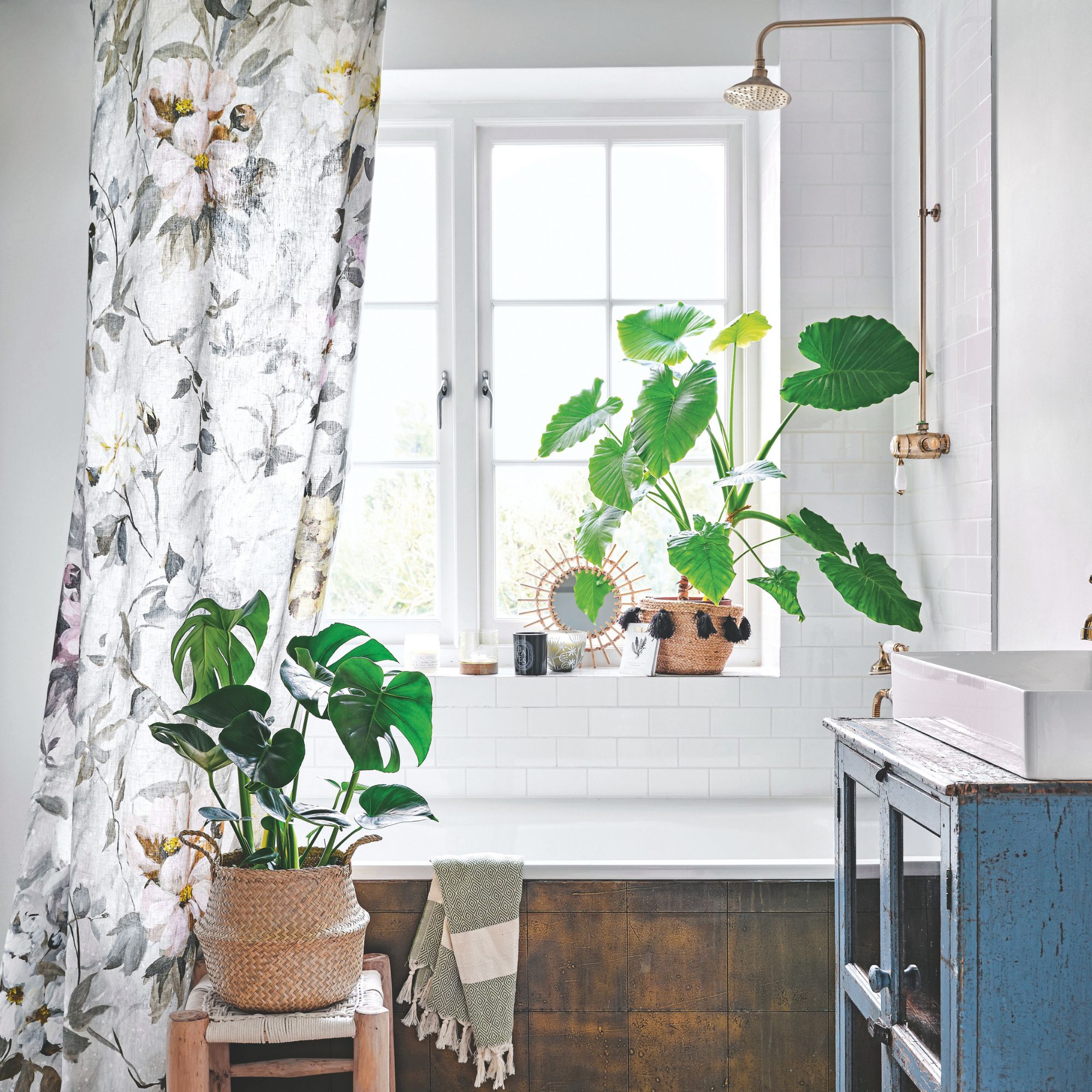
Although the vents can be slid shut, technically doing so defeats the purpose, argues Danny. 'The reason they have been mandated into windows is to keep air quality healthy in a discrete manner,' he says. In fact, they're one of the best ways to improve the air quality in your home.
However, trickle vents only became mandatory in 2022, although they've been recommended since 2006 – meaning many homes don't have them fitted. So, while the trickle vent condensation hack is a great solution to reduce excess moisture in newer windows, older properties may need to rely on different options.
'While installing new windows will ensure that they comply going forward, there are still many low-cost alternatives that homeowners can implement to help reduce the buildup of condensation,' adds Danny.
Alternative hacks to prevent moisture build-up on windows
1. Open windows strategically
Moisture-heavy rooms are hotspots for letting moisture build up on your windows. The fix? Try and get into the habit of opening your windows for short bursts each day. Even in the colder months, opening windows every day can make a real difference to condensation levels.
'Don’t forget that regularly opening windows after showers or cooking, as well as using extractor fans, can help to reduce excess moisture and protect your windows from damp,' advises Helen Godsiff, Brand Manager at home improvement specialists Eurocell.
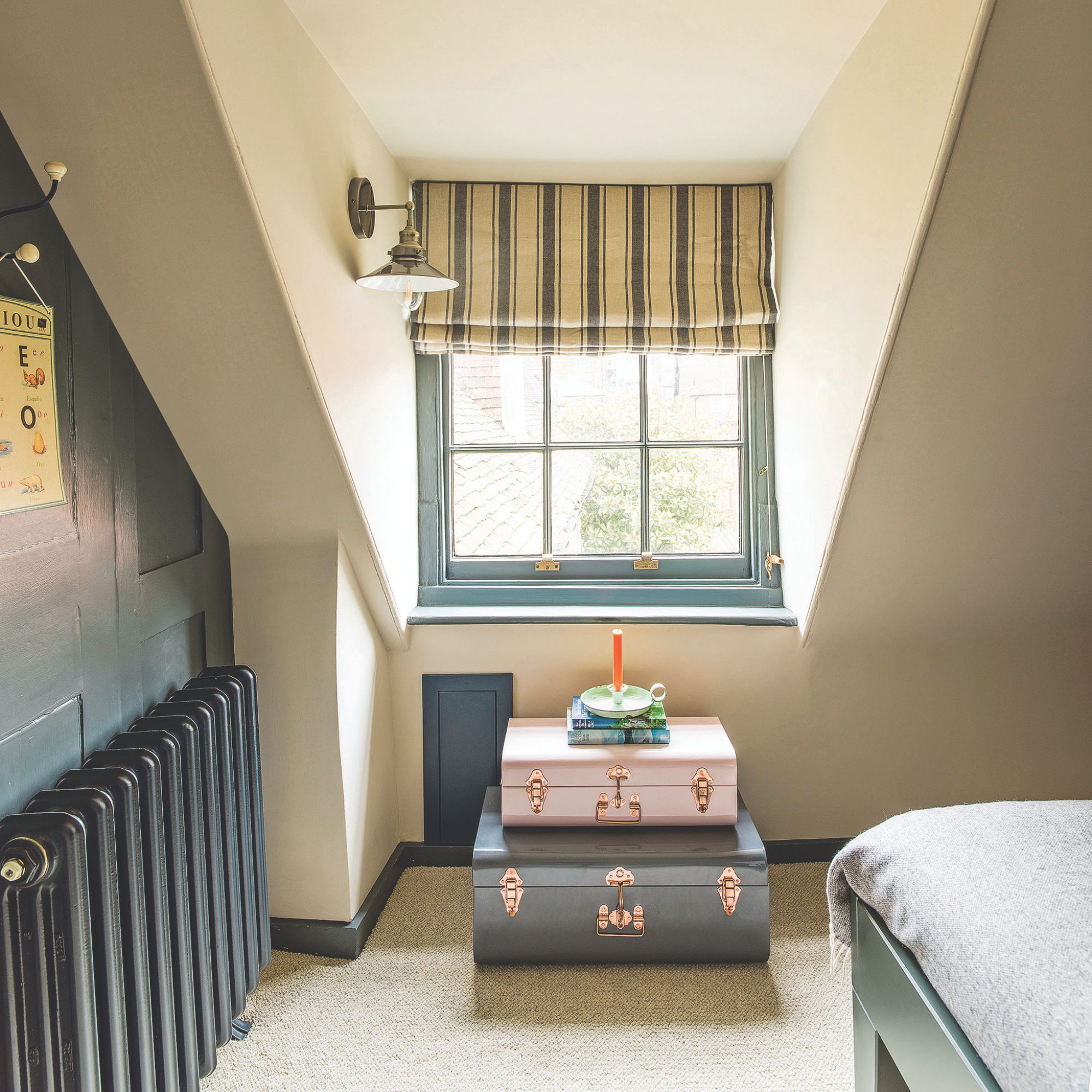
2. Use night vents/latches
If you're wondering how to stop condensation on bedroom windows, a night vent or night latch could be the solution. Many modern windows feature a night latch setting, allowing you to lock them in a slightly open position, which enables air circulation while you sleep. It's a simple way to reduce an overnight build-up of moisture, without worrying about leaving your home unsecured.
'Many windows are fitted with hardware which can be locked into a ventilation setting often used for hot summer nights. This allows for an ingress of air without compromising on security,' says Danny from Pioneer Trading Company.
3. Install trickle vents yourself
If your windows don't have them, you can retrofit trickle vents yourself – however, it's not always a DIY job.
'While it is possible to retrofit trickle vents to most modern UPVC window frames, the process can be tricky as it involves drilling through the frame, sometimes into metal, so it’s best done by a professional installer,' recommends Helen.
A window specialist will also know how to fit trickle vents into UPVC or aluminium windows, depending on when they were manufactured, so it's worth getting expert advice before attempting it yourself.
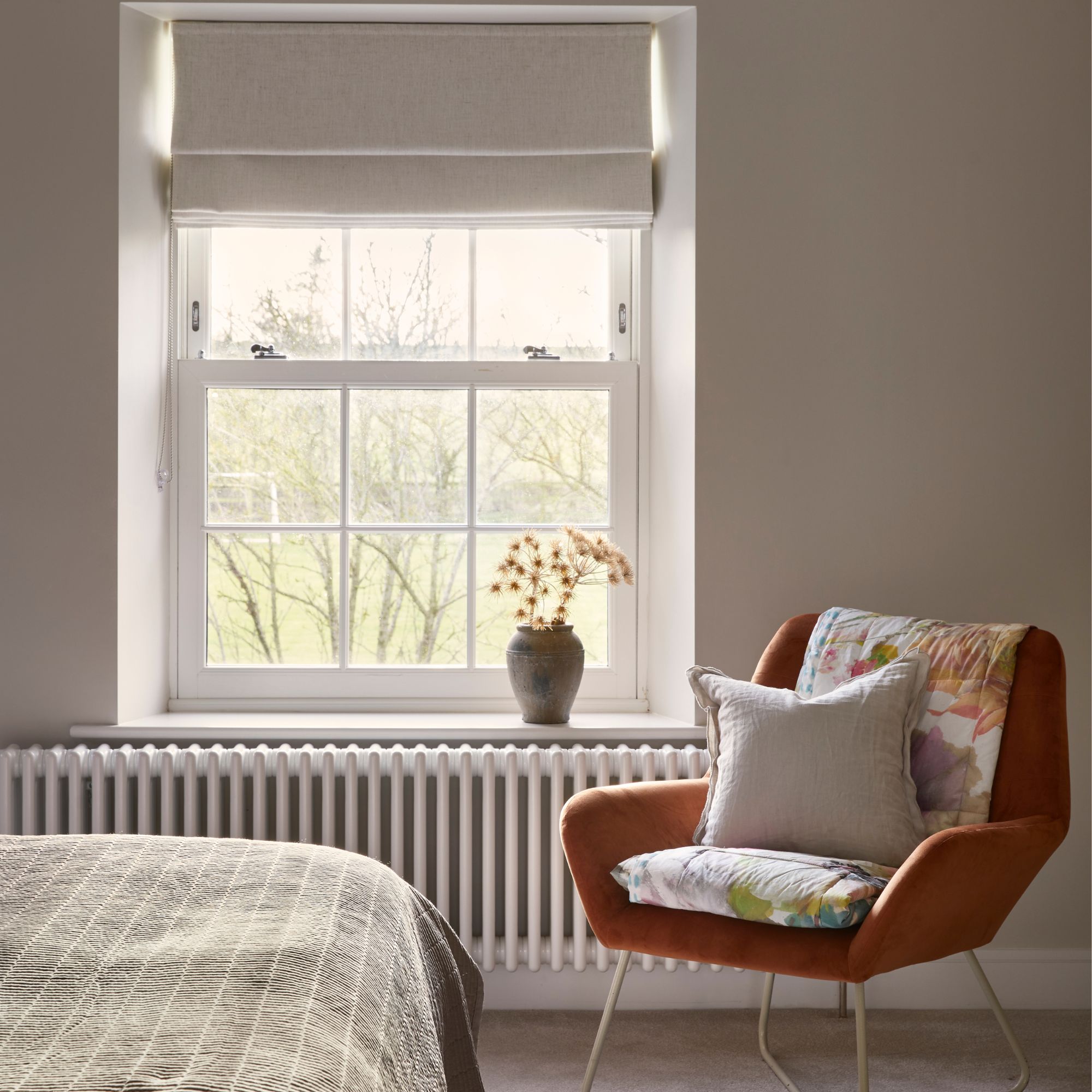
4. Secondary glazing
Another option for tackling condensation, especially in older homes, is secondary glazing. This is basically an alternative to replacement windows and involves fitting a supplementary layer of plastic or glass on the inside of your existing windows.
'In older, protected properties, you can install secondary glazing panels with inbuilt ventilation, giving you both better energy efficiency and ventilation,' says Danny.
5. Try the salt hack
Just like the baking soda condensation hack, the window salt hack is a clever (not to mention cheap!) trick which involves placing a bowl of salt on your windowsill.
'A handy trick which acts as a cheap dehumidifier is buying a bag of salt for £2 or less and placing it in a bowl by your windowsill,' advises Helen from Eurocell. 'Make sure to monitor it every morning and give it a quick stir to prevent it from sticking together, and soon enough, the condensation is likely to lessen or even disappear.'
'Little changes like this can make a big difference to your home staying fresh and keeping condensation at bay,' she says.
Essentials to prevent window condensation

Wiping down windows every day is one of the most effective ways to stop mould from forming. Using a window vac is quick and convenient, and this Kärcher model is a budget-friendly option for clearing away condensation. It doesn't have the bells and whistles of more premium models, but it still delivers the results.
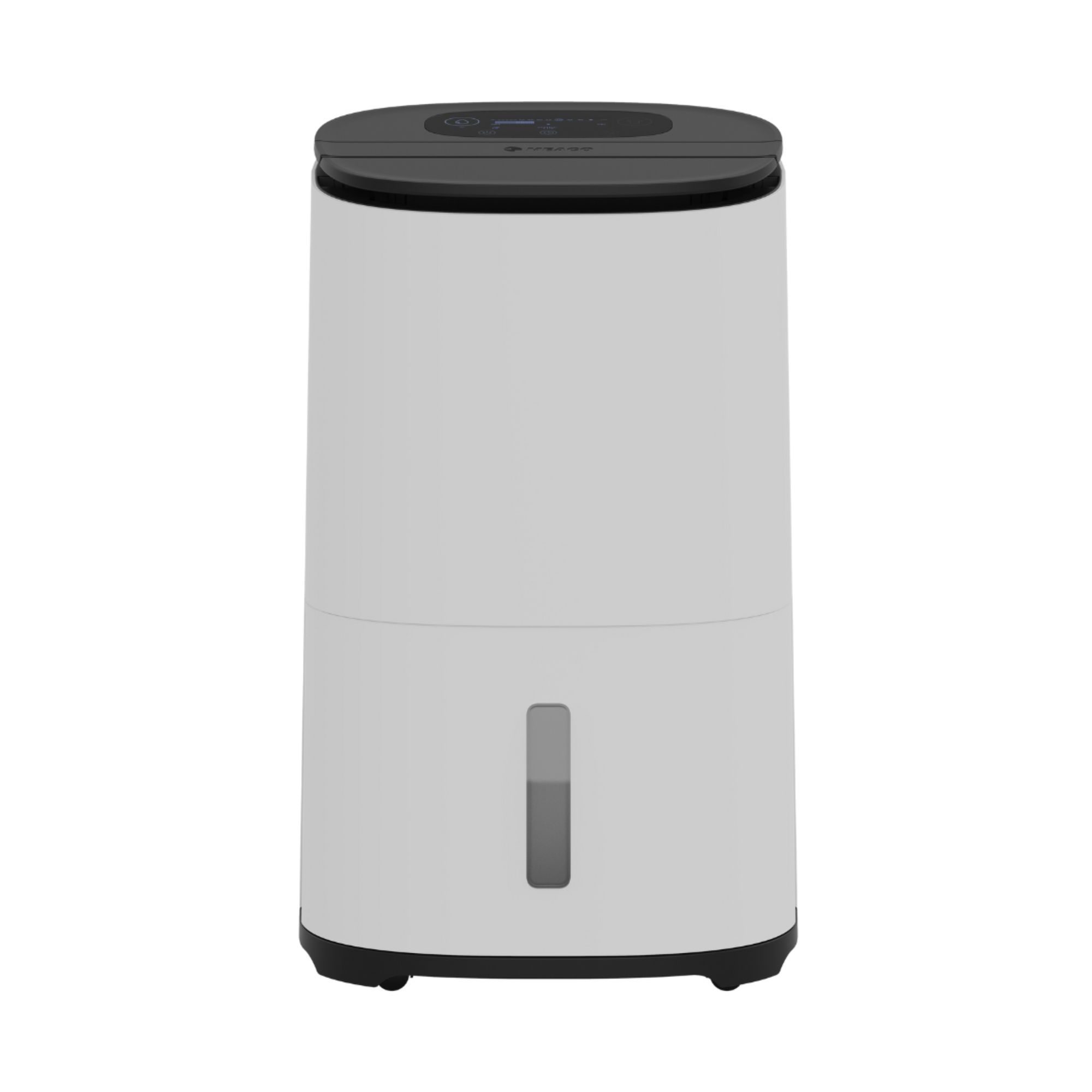
If condensation on your windows is a recurring problem, leaving a dehumidifier can make a difference. Crowned the best dehumidifier in our Ideal Home guide, this Meaco dehumidifier (and air purifier) will help to reduce moisture in the air and help to prevent water from forming on the inside of the glass. You can also read our review of it here.
FAQs
Should I worry about condensation in winter?
While a little bit of condensation on very cold mornings in winter can be normal, persistent moisture is a red flag. Regular or heavy condensation is a warning sign that your indoor air has too much moisture, and something needs to be done to reduce this, warns Nicholas from Trade Radiators.
'Condensation can reduce the lifespan of wooden window frames and sills, and there's the chance that these frames won't dry out properly so will be consistently damp,' he says.
So if condensation is appearing every day on the inside of windows, it's a sign to take action. 'If even one window in the home has this much condensation every day, there's an issue,' says Nicholas.
What are the disadvantages of trickle vents?
While trickle vents are generally very effective at improving indoor air quality and reducing condensation, there are a few disadvantages.
Some homeowners notice small drawbacks such as faint draughts in windy spots, outdoor noise in busy areas, or dust and pollen entering with the airflow.
'Realistically, the benefits of trickle vents are much more prominent than the disadvantages,' says Nicholas. 'Trickle vents allow in a tiny amount of outdoor air in comparison to opening a window or door, so the disadvantages are very minor, and not every home will even feel any disadvantages. For the majority of homes, you can have trickle vents open all year round and face no repercussions.'
So, now that you know how the trickle vent condensation hack works, will you be keeping yours open this winter? Let us know if you have any clever tricks for keeping moisture away from your windows!

You must confirm your public display name before commenting
Please logout and then login again, you will then be prompted to enter your display name.
